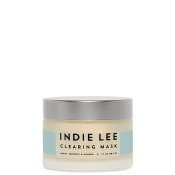
Clay has been used in medicinal and beauty rituals for thousands of years—so when we call it a “tried-and-true” skincare ingredient, we really mean it. Cleopatra is said to have sworn by the skin-healing powers of mud from the Dead Sea, and clay packs and baths were a spa staple with ancient Greeks and Romans. The popularity of clay persists today, mostly in the form of clay masks, but also in cleansers, hair styling products, and even deodorants. We want to help you learn more about the benefits of clay and which type of clay might be best for your skin.
What is clay?
Clay is a soft, loose type of earth that’s formed when rocks are worn down by rain and other environmental factors. It’s made up of very tiny particles (which is why it feels so smooth in your hands, whether it’s wet or dry) and can contain a variety of different minerals like iron, silica, aluminum, calcium and magnesium.
What does clay do for your skin?
Clay is popular in skincare because it’s very good at absorbing oil, impurities and other substances. The idea behind this is that the mineral particles in clay become positively charged when mixed with water and then attract positively charged impurities in your skin. Clay can also have antibacterial and exfoliating properties.
Which type of clay is best?
There are many types of cosmetic-grade clay out there, each one made up of different minerals depending on the source. Let’s dive into some of the most popular types of clay and what they do.
Bentonite (sometimes called montmorillonite) is a highly absorbent clay that’s made up of volcanic ash and rich in iron and magnesium. When mixed with water, bentonite clay swells and becomes very slippery, so it’s often added to shaving creams and cleansers for slipperiness. Naturally astringent and oil-absorbing, it’s particularly recommended for oily, combination, and acne-prone skin.
Our picks: Caudalie Instant Detox Mask, Indie Lee Clearing Mask, boscia Matcha Magic Super-Antioxidant Mask
Kaolin is a silky, non-drying clay that’s popular with sensitive and dry skin types. Due to its larger particle size, it provides gentle exfoliation and cleansing power but won’t draw out too much oil from skin, making it a good choice for those who worry about clay drying out their skin. Kaolin comes in several different colors, including white, yellow, red, and pink.
Our picks: Charlotte Tilbury Goddess Skin Clay Mask, Bumble and bumble Prêt-à-powder Très Invisible Dry Shampoo, Good Molecules Clarify & Cleanse Bar
French green clay is a type of illite clay which is rich in iron oxides and decomposed plant matter, like algae, which gives it its namesake color. It’s highly absorbent and pore-tightening, plus it stimulates blood flow to the surface of the skin as it dries for an instant glow effect. The circulation-boosting effects of French green clay can cause a tingling sensation, however, so if your skin is very sensitive, you may want to pass on it.
Our Picks: boscia Konjac Cleansing Sponge in Complexion Clearing Clay, Sunday Riley Ceramic Slip Clay Cleanser
Rhassoul clay (also known as Moroccan lava clay) is extracted from mines in Morocco and is rich in trace minerals like calcium, magnesium and potassium. It’s known to pull oil, dirt, and impurities to the surface of the skin, so it’s popular in scalp treatments and products for blackheads and clogged pores. Its high mineral content is said to help nourish and soothe skin.
Our picks: May Lindstrom The Problem Solver, R+Co Sand Castle Dry Texture Cream
Featured Products
You Might Also Like
-
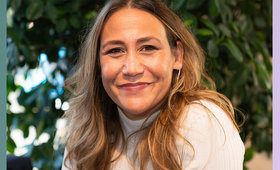
Behind the Brand
A Chat About Conscious Consumerism With Indie Lee
- 1
-
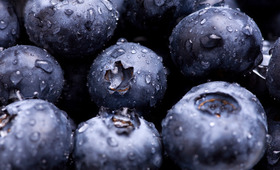
Skincare
DIY Blueberry Skin Care Recipes
- 719
-

Skincare
What Are Those Bumps on Your Arms?
- 354
-
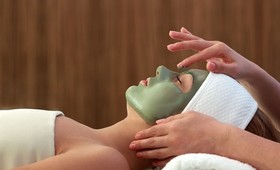
Facial Treatments
Get Rid of Your Blackheads
- 170
-
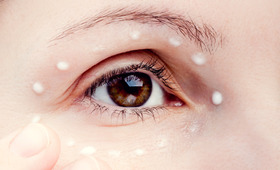
Eye Cream
Beginner Eye Creams
- 203
-
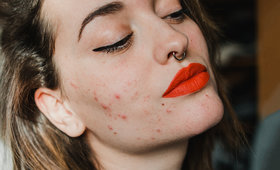
Face Skincare
Top 6 Skincare Remedies for Hormonal Acne
- 431







